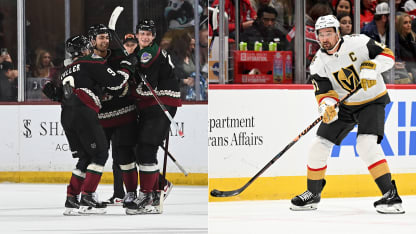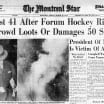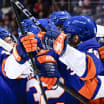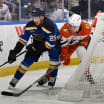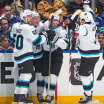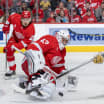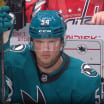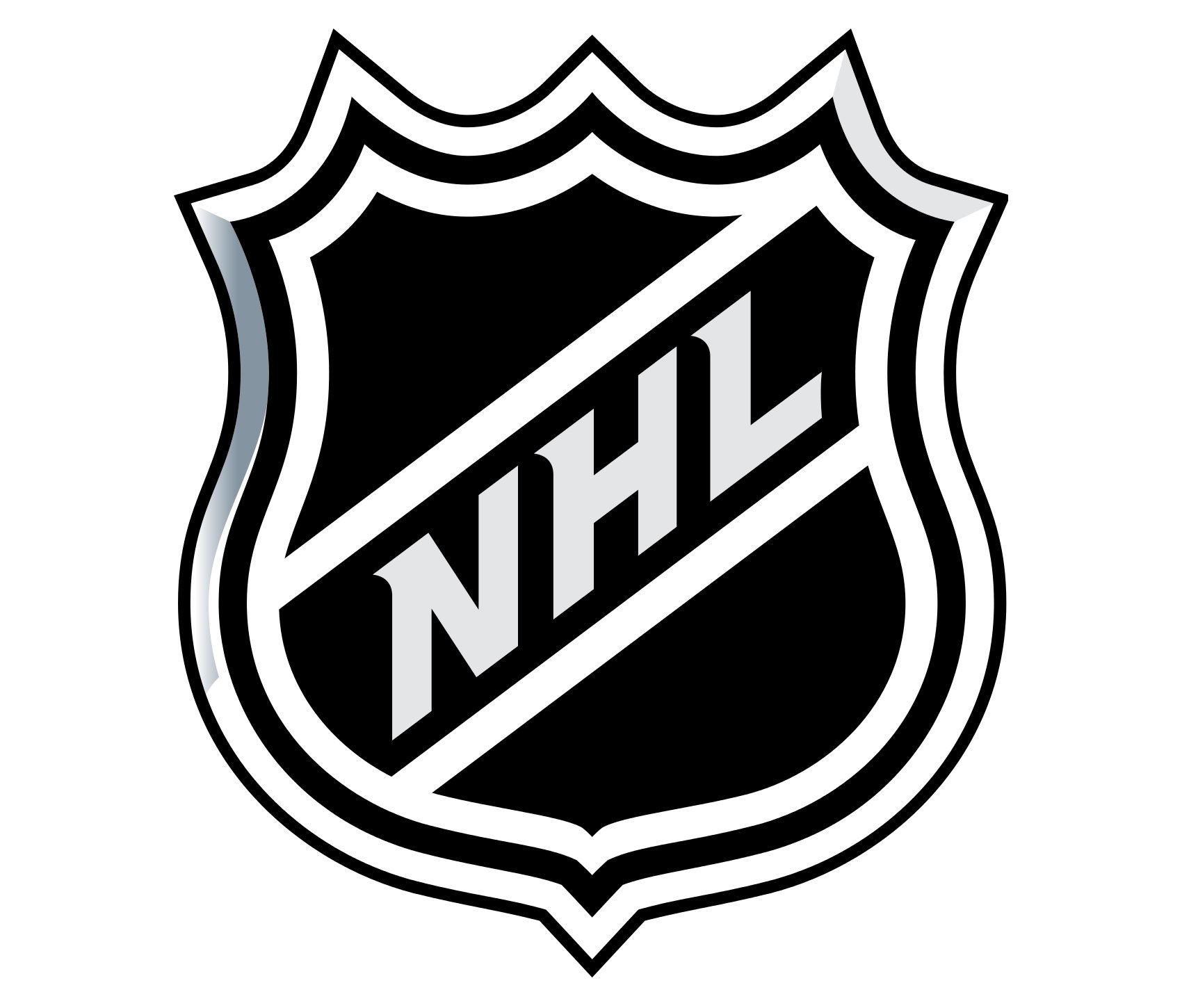Here is the Aug. 28 edition of the weekly NHL.com mailbag, where we answer your questions asked on X. Send your questions to @drosennhl and @NHLdotcom, and tag it with #OvertheBoards.
Who do you think is more improved between Utah and the Blackhawks? Do you think either contends for a playoff spot? -- @punmasterrifkin
The answer to your first question is the Chicago Blackhawks based on what to expect in the standings. The answer to your second question is the Utah Hockey Club based on where each team is situated in its rebuild.
Utah is a better team, with a better chance to contend for a spot in the Stanley Cup Playoffs after going 36-41-5 last season as the Arizona Coyotes; it was the most wins and points (77) the team had since 2018-19 (39 wins, 86 points). The Utah Hockey Club can contend for a playoff spot out of the Central Division. It'll be difficult to get there as the playoff line was 98 points last season. A 21-point improvement is a lot in one season, but Utah should be in the mix. And if it avoids a midseason slump, there will be meaningful games in March and potentially early April too.
Utah is on the cusp and the boost it gets from moving and filling Delta Center, which will seat 16,200 fans for NHL games this season, will be huge. There will be excitement and energy and it should translate on the ice. The additions of defensemen Mikhail Sergachev, John Marino and Ian Cole solidify a position that also includes Sean Durzi, Juuso Valimaki and Michael Kesselring. There's real reason for optimism up front with forward Clayton Keller joined by Logan Cooley, Dylan Guenther and Matias Maccelli as legitimate scoring threats. Kevin Stenlund is a nice bottom-six addition coming off a Stanley Cup championship with the Florida Panthers. Utah can contend, but that doesn't mean Utah will be more improved this season than the Blackhawks.
The Blackhawks were 23-53-6 and last in the Central Division. They made some significant upgrades across their lineup with the additions of forwards Teuvo Teravainen, Tyler Bertuzzi, Ilya Mikheyev and Pat Maroon; defensemen TJ Brodie and Alec Martinez; and goalie Laurent Brossoit. They should have a healthy Taylor Hall. Connor Bedard in his second season will be better than he was in his first, which should have the entire NHL on tilt. I could see the Blackhawks having the type of season Utah/Arizona had last season. If so, that's a 13-win, 25-point increase. Utah won't win 13 more games and improve by 25 points from last season, meaning the Blackhawks will show a greater improvement. They won't, however, be in contention for a playoff spot.
